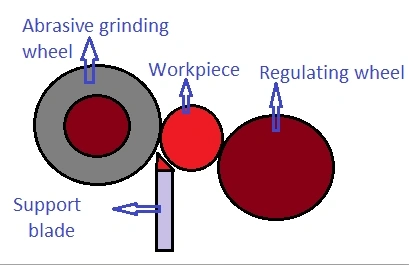Centerless grinding
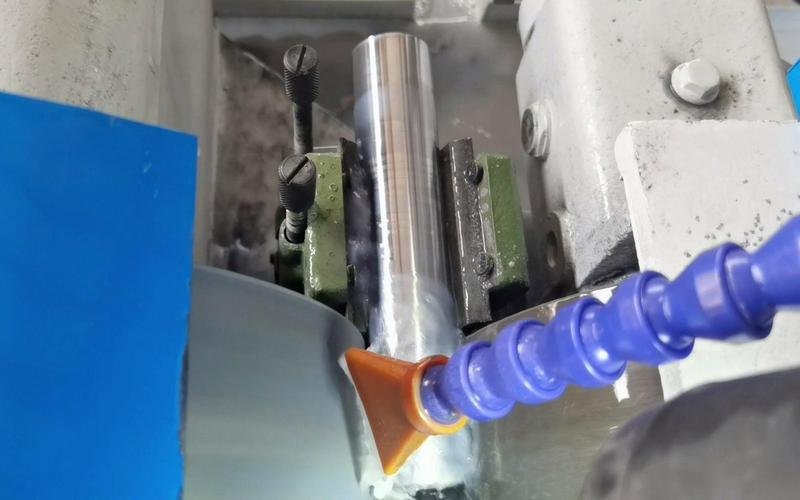
Precision and efficiency in centerless grinding solutions—achieve zero-error machining! Request a quote today for customized process solutions and cost optimization recommendations.
What is centerless grinding ?
Centerless grinding eliminates the need for traditional fixtures or centers to secure workpieces. The workpiece is positioned between the grinding wheel and the regulating wheel, supported by a lower support plate. The regulating wheel drives the workpiece rotation (via friction) while controlling its axial feed rate. The grinding wheel cuts the workpiece’s outer diameter, achieving high-precision grinding. The workpiece center dynamically shifts during grinding. By adjusting the relative position between the grinding point and the support point, roundness errors are progressively corrected. Roundness errors are typically controlled within 0.005 to 0.01 mm, with surface roughness achievable at Ra 0.1 to 0.025 μm.
Metal material :
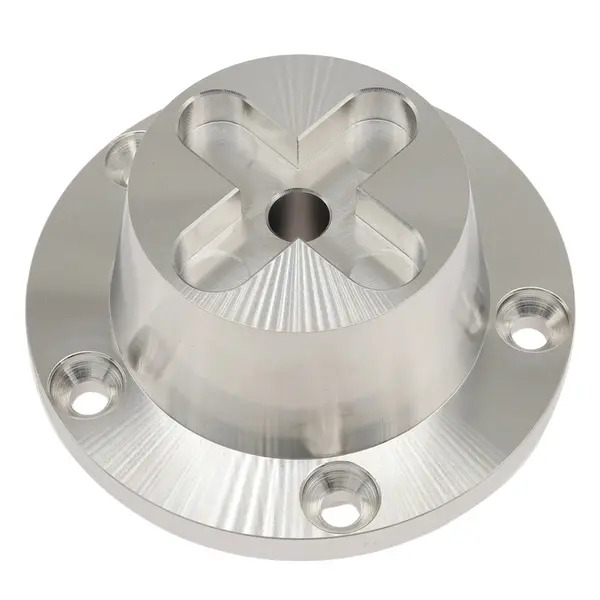
Aluminum
Aluminum is the most commonly used precision-machined component. It has a low density, a hard texture, and a soft material. Thanks to its corrosion resistance, it is widely used in aerospace, bionic bones, and automotive parts manufacturing.
Color : Silver.
Types : Aluminum 6061、7075、2024、5052、6063 and MIC-6.
Surface finish : Polishing, Brushing, Sandblasting, Chrome Plating, Anodizing, Electroplating, Powder Coating, Laser Etching.
Delivery time : 1-5 days.
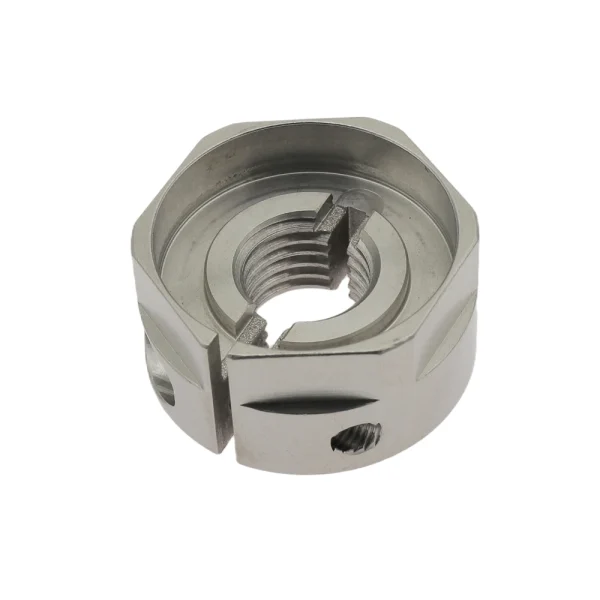
Stainless steel
Stainless steel offers strong corrosion resistance and a smooth, easy-to-clean surface. It is primarily used in kitchen equipment components, medical devices, building materials and construction, as well as automotive parts.
Color : Silver.
Types : Stainless steel 304/316/201/202/430/444/410/420/440c/2205/2507/17-4ph/17-7ph.
Surface finish : Polishing, Brushing, Sandblasting, Electroplating, Spraying, PVD (Physical Vapor Deposition), Passivation, Pickling, Coloring.
Delivery time : 2-5 days.
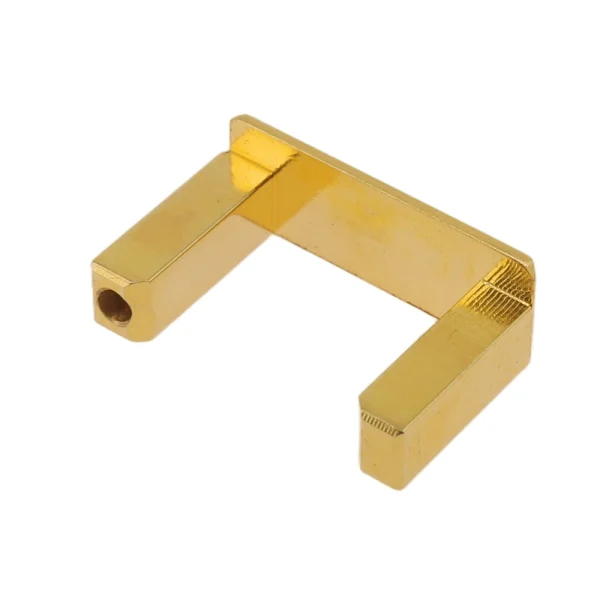
Copper
Possesses electrical conductivity, tensile ductility, and antimicrobial properties, primarily used for processing into crafts, decorative items, and medical equipment.
Color :Orange,yellow.
Types : copper H59/H62/Hpb59-1/C36000/HAI77-2/HSN62-1/HPb/HMn/HAl/HSn/HNi.
Surface finish : Passivation, Electroplating, Chemical Plating, Shot Peening, Sandblasting, Chemical Film Treatment, Polishing, Bright Cleaning.
Delivery time : 1-5 days.
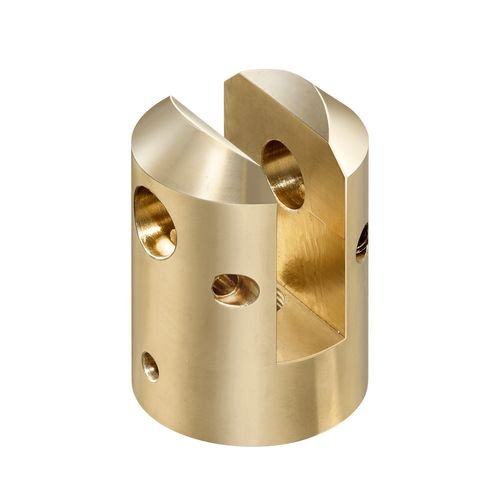
Bronze
Bronze is an alloy of copper and tin (possibly including lead, zinc, and phosphorus),low melting point (800-900°C) and excellent fluidity, along with corrosion resistance. Low-tin bronze exhibits a golden yellow hue, while high-tin bronze appears grayish-white or silver-gray. It is primarily used in mechanical manufacturing for sculptures, bearings, gears, valves, as well as in marine engineering components such as propellers, as well as marine engineering components like hull fittings and water pumps.
Color : gold/brown.
Types : Tin bronze, aluminum bronze, beryllium bronze, silicon bronze, manganese bronze.
Surface finish : Sandblasting, polishing, knurling, grinding, passivation, chemical film coating, impregnation coloring, brush/spray coloring, electroplating, anodizing, powder coating, brushing.
Delivery time : 1-5 days.
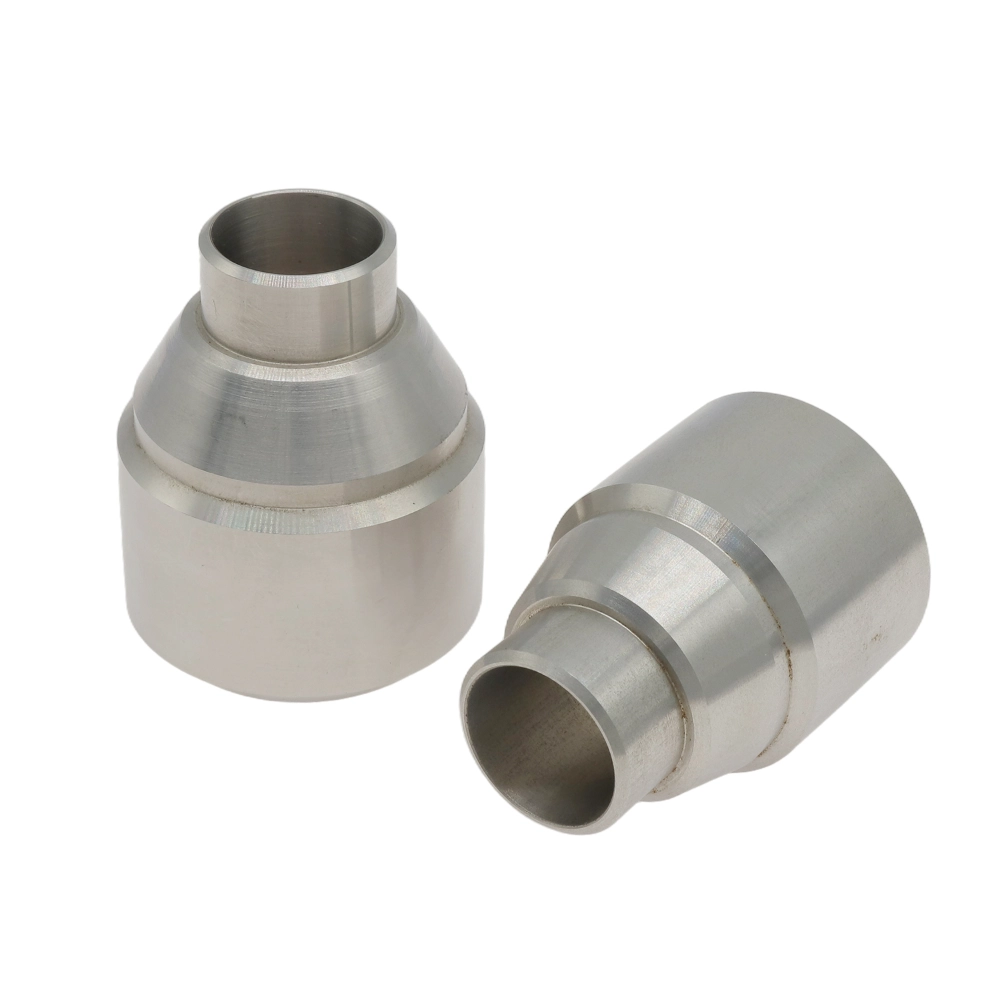
Steel
Iron alloyed with carbon (typically 0.1%-1.7%) and other alloying elements (such as chromium, nickel, manganese, etc.). By adjusting composition and heat treatment processes, diverse properties can be achieved, including high strength, high toughness, wear resistance, and corrosion resistance. It is suitable for producing components such as bolts, shafts, gears, drill bits, milling cutters, and turning tools, and is also frequently used in manufacturing engine valves and turbine blades.
Color : Silver .
Types : Steel S20C,S45C,S50C,SK85,SK95,40Cr,4140,4130,H13,D2,W1,A2,D2,M2,SKD11,ASP-23,S136.
Surface finish :Sandblasting, Mirror Finish, PVD Coating, Brushed Finish, Spray Coating, Electroplating.
Delivery time : 1-5 days
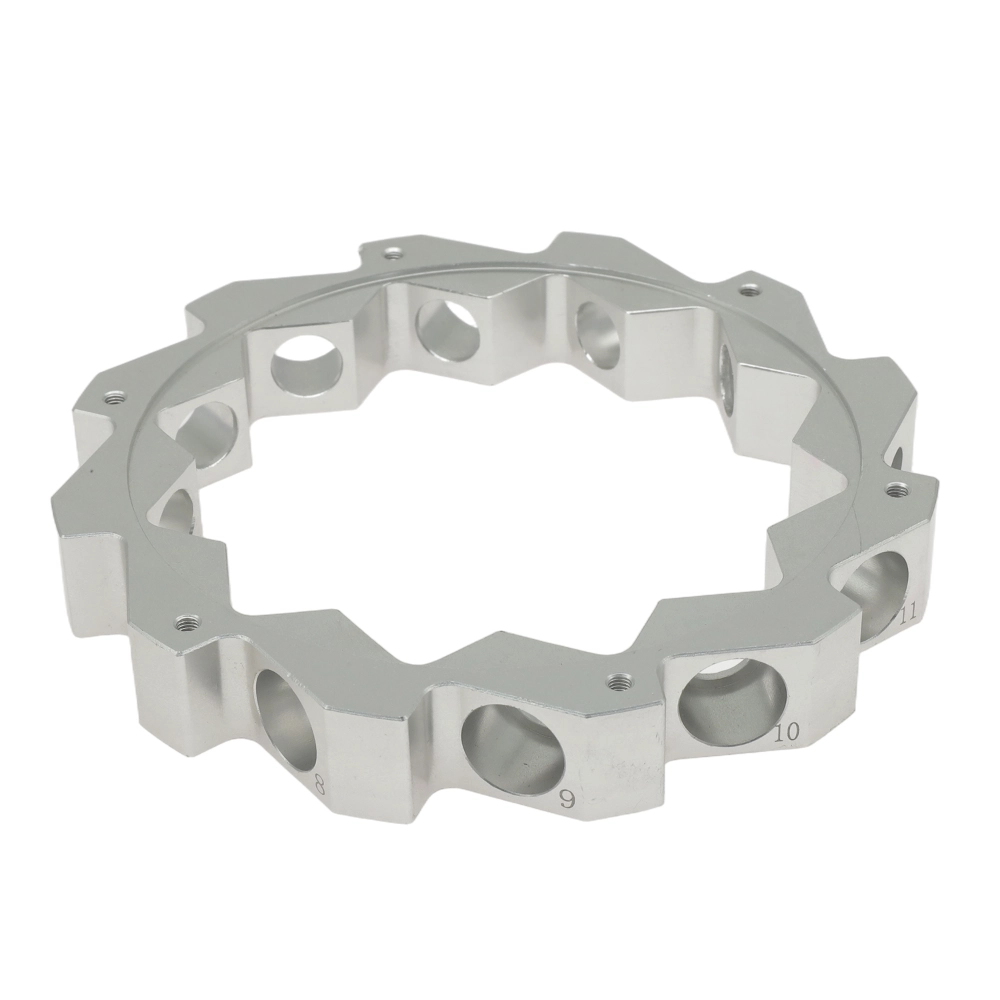
Magnesium
Magnesium has a density approximately two-thirds that of aluminum and one-quarter that of steel. Its low hardness results in minimal cutting force and reduced tool wear. With superior thermal conductivity compared to aluminum, it saves CNC machining time and material. Its strength-to-weight ratio outperforms both aluminum alloys and steel, while its damping capacity is 1.5 times that of aluminum, effectively absorbing vibrations and noise. These properties make it an ideal material for aerospace, automotive, and electronics industries.
Color : Silver.
Types : Magnesium alloy AZ91D/AM60B/AM50A/AS41B/ZK60/MB8/AZ31/WE43/ZE41/LA141/LZ91.
Surface finish : Chemical conversion coating, anodizing, nickel plating, electroplating, composite coating, spray painting, powder coating, electrophoretic coating.
Delivery time : 1-5 days.
Plastic material :
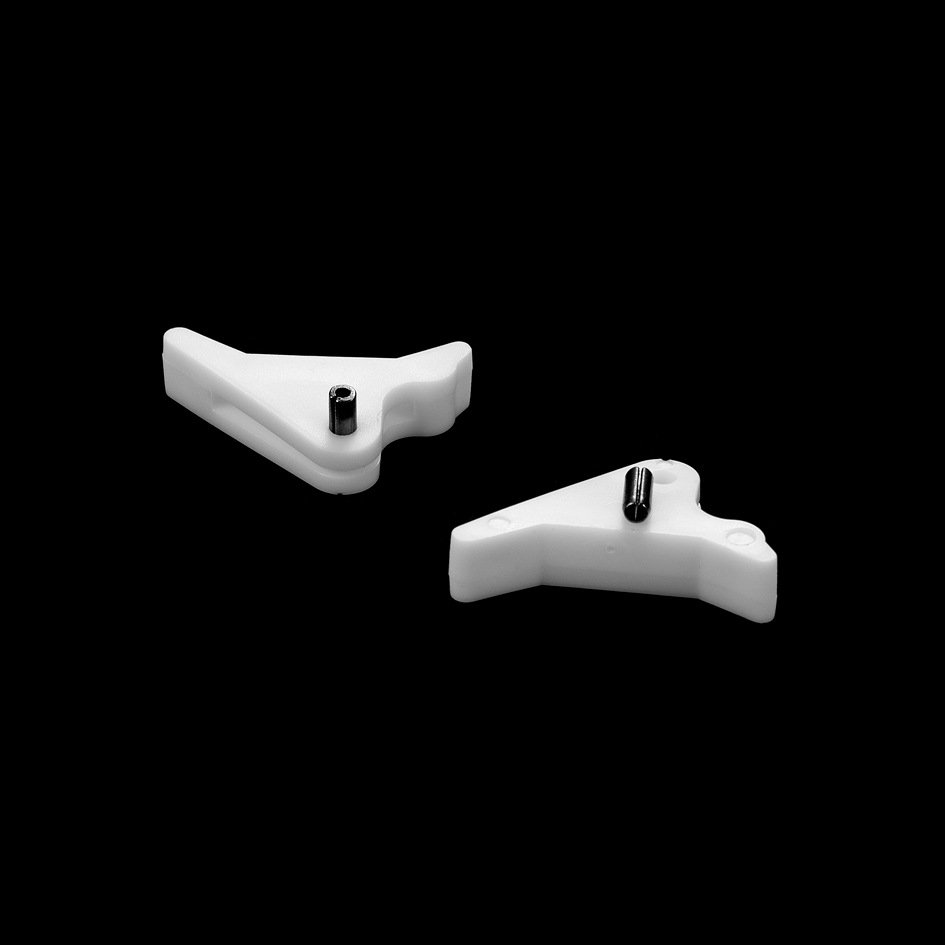
PC
High-performance thermoplastic with high toughness (low-temp resilient) and rigidity, ideal for CNC precision machining (cutting, drilling). Lighter than acrylic, it offers strong creep resistance and high-frequency insulation, suited for stress-resistant, insulated components. Eco-friendly via recycling by melting, used in electronics casings, spectrometer mounts, heat sinks.
Color : white or black.
Types : General Machinable/Flame Retardant/Reinforced/Blended PC.
Surface finish : Polishing, Hardening, Spraying, Laser Engraving, Electroplating, Hot Stamping.
Delivery time : 1-5 days.
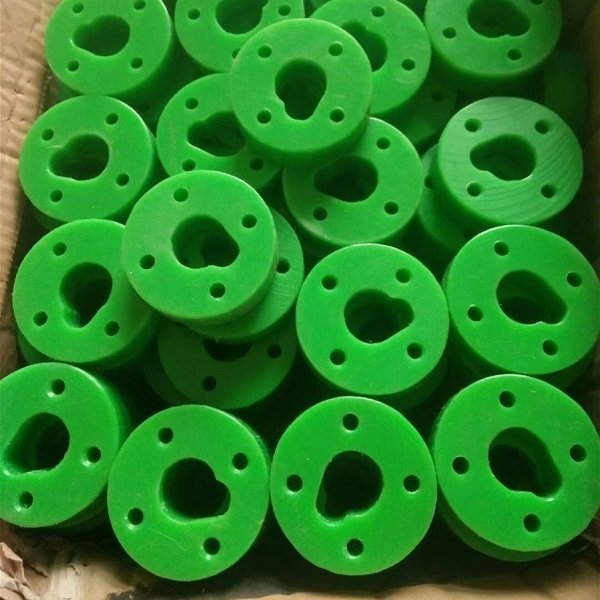
PE
PE (Polyethylene) is a thermoplastic material with a low melting point. During machining, tool temperature must be controlled to prevent adhesion, resulting in a smooth, burr-free surface. Its low friction and self-lubricating properties make it suitable for sliding/rotating components. It resists most acids, alkalis, salts, and organic solvents but is soluble in aromatic hydrocarbons and halogenated hydrocarbons. Common applications include food containers, trash bins, and toys.
Color : black,white,colored.
Types : LDPE, HDPE, UHMWPE, PEX, PEX-A, PEX-B.
Surface finish :Polishing, sandblasting, coating, etching.
Delivery time : 1-5 days.
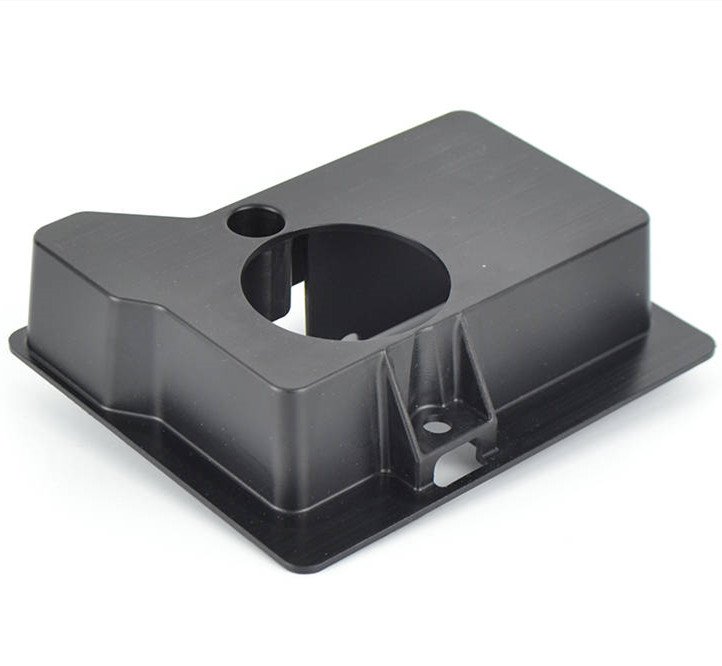
PP
PP (Polypropylene) is a semi-crystalline thermoplastic with a melting point of approximately 130-160°C. It exhibits excellent processing flow properties. During CNC machining, temperature control is essential (recommended range: 200-230°C). It is suitable for repeated bending operations. Tool selection must align with the material’s characteristics. Primarily used for containers, connectors, and structural components.
Color : black,white,colored.
Types : PP-H, PP-B, PP-R, HIPP.
Surface finish :Polishing, Sandblasting, Coating.
Delivery time : 1-5 days.
Surface finishes for centerless grinding
Based on 10+ years of cnc machining experience and customer surface finish processes, Weldo has compiled the following list to enhance the surface quality and finish of parts after centerless grinding. This improves the appearance, roughness, hardness, and corrosion resistance of components while also masking tool marks.
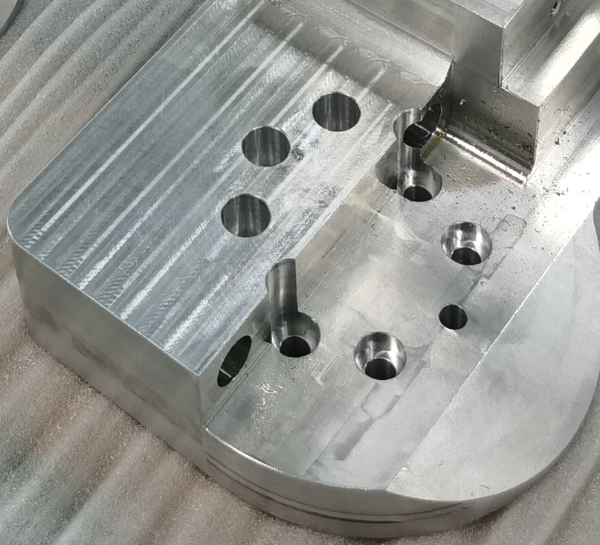
Machined finish
The prototype processed by the machine tool retains traces of tool machining.
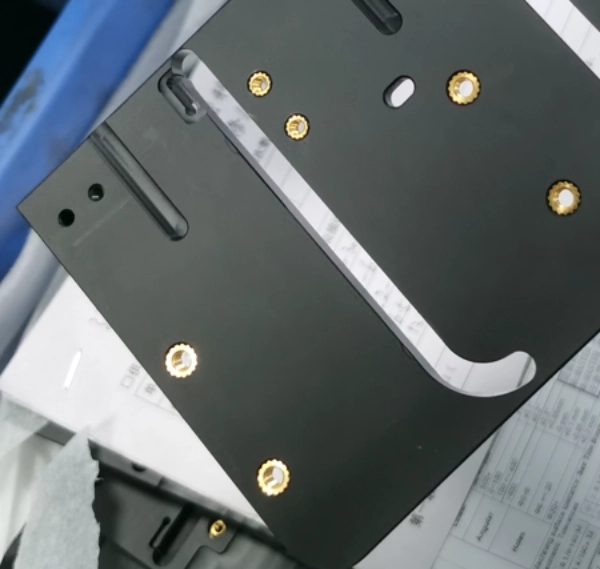
Anodizing
Anodizing enhances the corrosion and wear resistance of metals and enables coloring and coating, suitable for metals such as aluminum, magnesium, and titanium.
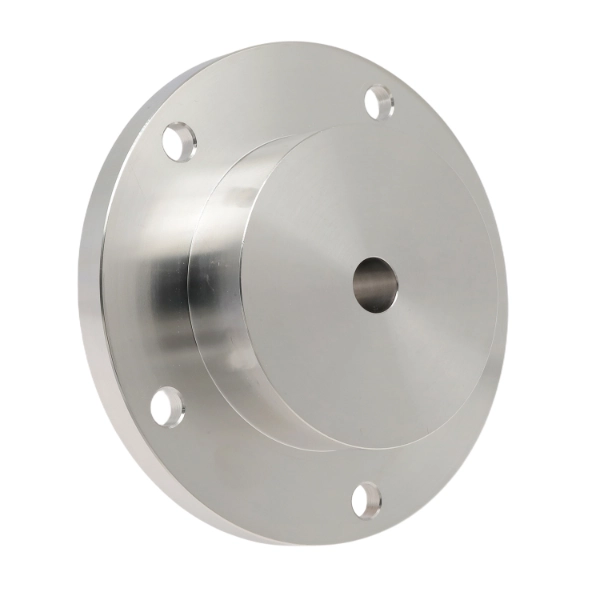
Polish
Polishing enhances surface finish and aesthetic appeal, suitable for materials such as metals, ceramics, plastics, and PMMA.
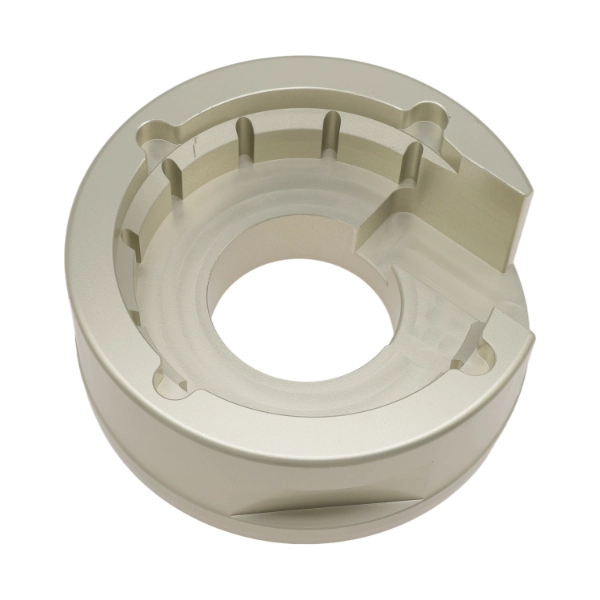
Sand blasting
Sandblasting involves propelling abrasive material at high pressure or mechanically onto a workpiece to achieve a clean, roughened, and matte finish.
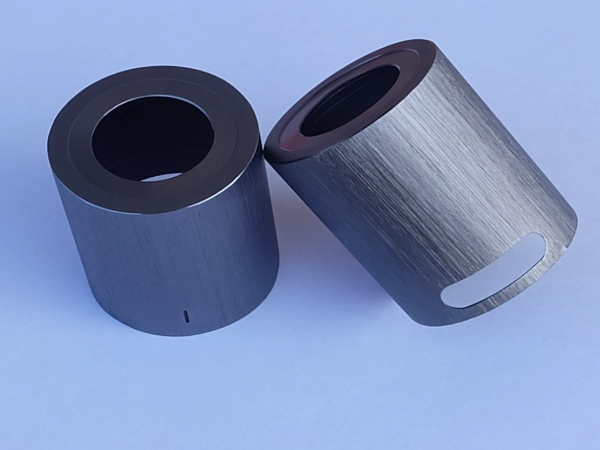
Brushed finish
Brushed finish creates a textured pattern on metal surfaces, enhancing aesthetic appeal. Suitable for aluminum, copper, stainless steel, and other materials.
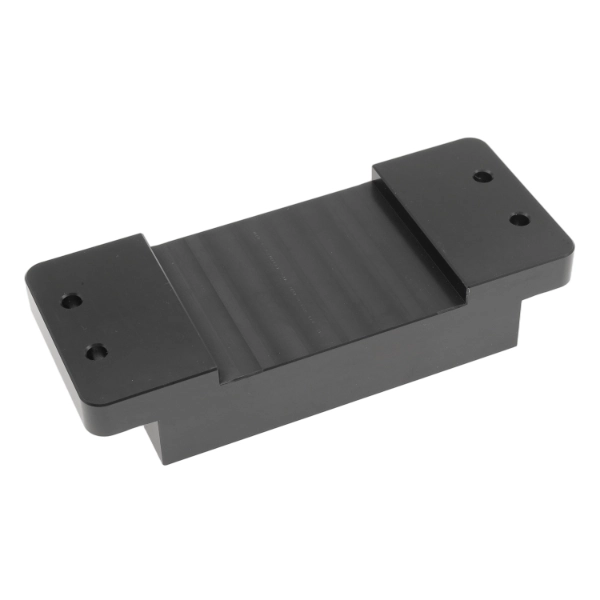
Powder coating
Powder coating is applied to the workpiece surface via electrostatic adhesion, then cured at high temperatures to form a dense coating, enhancing the corrosion resistance of metal and plastic surfaces.
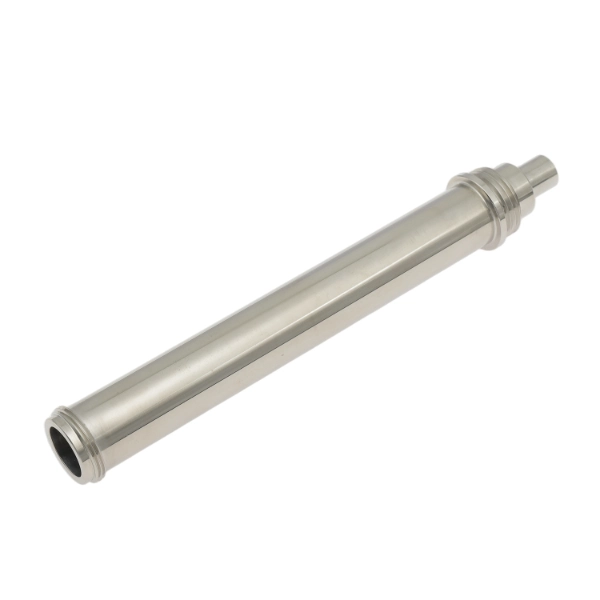
Electroplating finish
Metal plating is deposited onto material surfaces through electrolytic processes to enhance corrosion resistance and wear resistance. This technique is suitable for metals and certain plastics.
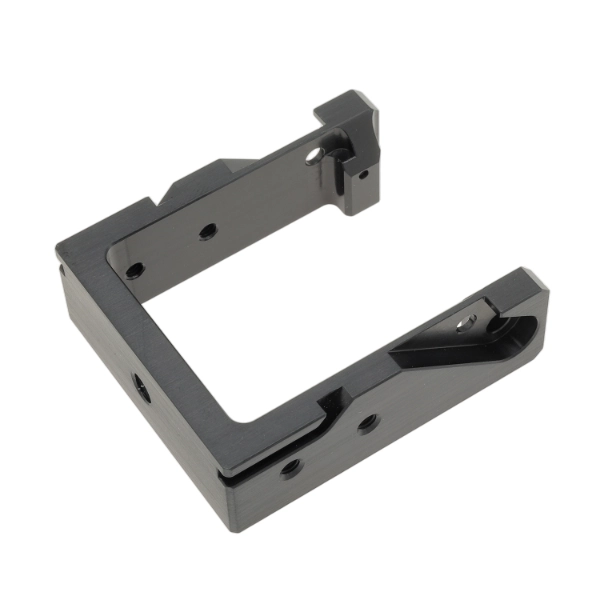
Black oxidize
A black oxide coating is formed on metal surfaces through chemical oxidation, offering low cost, a simple process, and reduced light reflection.

Electropolish
Removes microscopic protrusions from metal surfaces through electrochemical anodic dissolution, creating a smooth, dense surface free of residual stress and highly corrosion-resistant. Capable of processing complex metals and conductive materials.
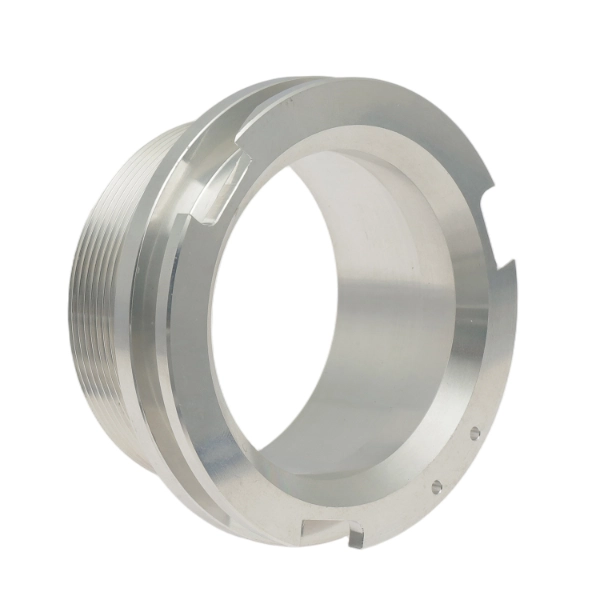
Alodine
Forms a protective coating on surfaces through chemical conversion, enhancing corrosion resistance and adhesion. Environmentally friendly with excellent conductivity, suitable for aluminum and magnesium alloys.
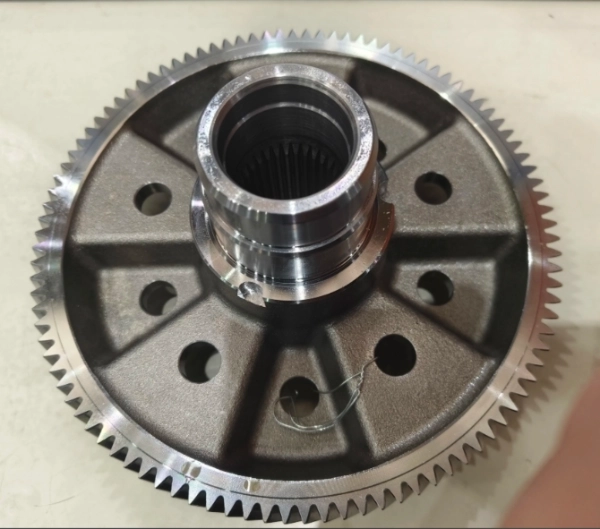
Heat treatment
By altering the internal microstructure of metallic materials through heating, this process enhances hardness, strength, toughness, and wear resistance. It is suitable for metals such as steel, aluminum alloys, copper alloys, and titanium alloys.
Centerless grinding capability
The machining capability of non-centering cylindrical grinding is influenced by CNC centerless grinding machines, operators, precision requirements, and materials. The following outlines the approximate ranges for dimensions and precision:
| Indicator | Specific Parameters |
| Machining Accuracy | |
| - Roundness | ≤ 0.015mm |
| - Cylindricity | 0.5~2μm (typical value) |
| - Dimensional Accuracy | Up to IT6 grade (approximately ±0.005~0.015mm), surface roughness Ra0.16~0.2μm |
| Maximum Workpiece Dimensions | |
| - Diameter | 40–100 mm |
| - Length | Maximum grinding length of 1000 mm; length range of 125–210 mm in transverse feed grinding mode |
| Minimum Workpiece Dimensions | |
| - Diameter | ≥ 2 mm (minimum diameter) |
| - Length | Minimum grinding length of 125 mm in transverse feed grinding mode |
Centerless grinding advantage
High-Efficiency Production
Continuous Machining: Workpieces require no clamping, enabling rapid batch production through through-feed/plunge grinding.
Multi-Part Synchronization: Supports automated production lines, reducing individual part processing time.
High Precision and Consistency
Superior Roundness/Cylindricity: Roundness ≤0.005mm, cylindricity error 0.5–2μm.
Dimensional Stability: Eliminates clamping errors, ideal for high-volume precision machining.
Surface Finish: Roughness below Ra 0.1μm.
Adaptability
Material Versatility: Processes metals, plastics, and high-hardness/brittle materials.
Shape Flexibility: Handles slender shafts, short shafts, stepped/tapered components, thin-walled parts, etc.
Process Stability
Automated Operation: Minimizes human error with low skill dependency.
Dynamic Tuning: Controls vibration through parameter adjustments for enhanced stability .
Cost Efficiency
Long-Term Savings: High efficiency and low scrap rate ensure rapid ROI.
Reduced Post-Processing: High-precision surfaces eliminate polishing/grinding requirements.
Application of centerless grinding
Automotive Manufacturing
Core Components: Precision grinding of high-accuracy parts such as crankshafts, camshafts, drive shafts, and valve stems.
Aerospace
High-Precision Components: Engine shafts, fuel pump housings, satellite components, etc.
Material Adaptability: Titanium alloys, high-temperature alloys, and other difficult-to-machine materials.
Machinery Manufacturing
General-purpose components: Shearing tools, end mill shanks, rolling pins, drill bits, etc.
Bearings and Transmission Components
Standard part production: Bearing rollers, needle roller bearings, alloy bushings, etc.
Special Material Processing
Cemented carbide/ceramics: Cutting tools, ceramic rods, and other high-hardness materials.
FAQ of centerless grinding
FAQ 1: What is the core difference between centerless grinding and conventional external cylindrical grinding?
Advantages: Suitable for slender shafts/thin-walled parts, high efficiency, and superior roundness and dimensional consistency.
FAQ 2: What workpiece shapes can centerless grinding process?
Long-to-diameter ratio slender shafts (e.g., drive shafts);
Short shafts or parts without center holes (e.g., bearing rollers);
Complex shapes with steps/taper (achieved via plunge grinding);
Thin-walled components (e.g., tubes, with low radial pressure).
Limitations: Not suitable for non-rotating or flat parts.
FAQ 3: How is machining accuracy ensured in centerless grinding?
Machine setup: Guide wheel inclination, grinding wheel dressing, support plate height;
Process parameters: Grinding depth and feed rate matched to material hardness;
Cooling and inspection: Adequate coolant prevents thermal deformation, online measurement provides real-time feedback.
FAQ 4: Where does the efficiency advantage of centerless grinding lie?
Through-feed (long shafts pass straight through);
Cut-in (short shafts with radial feed).
Automation: Robot loading/unloading + closed-loop control with online inspection.
Data comparison: Single-piece setup time reduced from 2-3 minutes to under 10 seconds, boosting high-volume efficiency by 30%-50%.
FAQ 5: Is centerless grinding suitable for high-hardness materials?
Grinding wheel: Use CBN or diamond wheels with finer grit (#600-#1000);
Process: Reduce grinding depth, increase feed rate, and use high-pressure coolant for heat dissipation;
Typical Applications: Carbide tools, ceramic bushings, high-temperature alloy turbine shafts.
Summary: Through equipment and process optimization, centerless grinding can efficiently process high-hardness materials, requiring strict temperature control and grinding wheel management.
